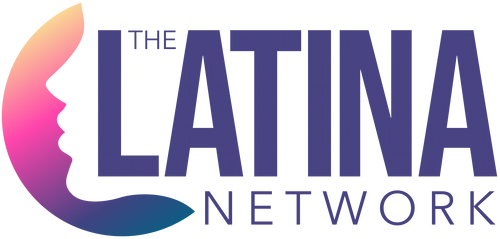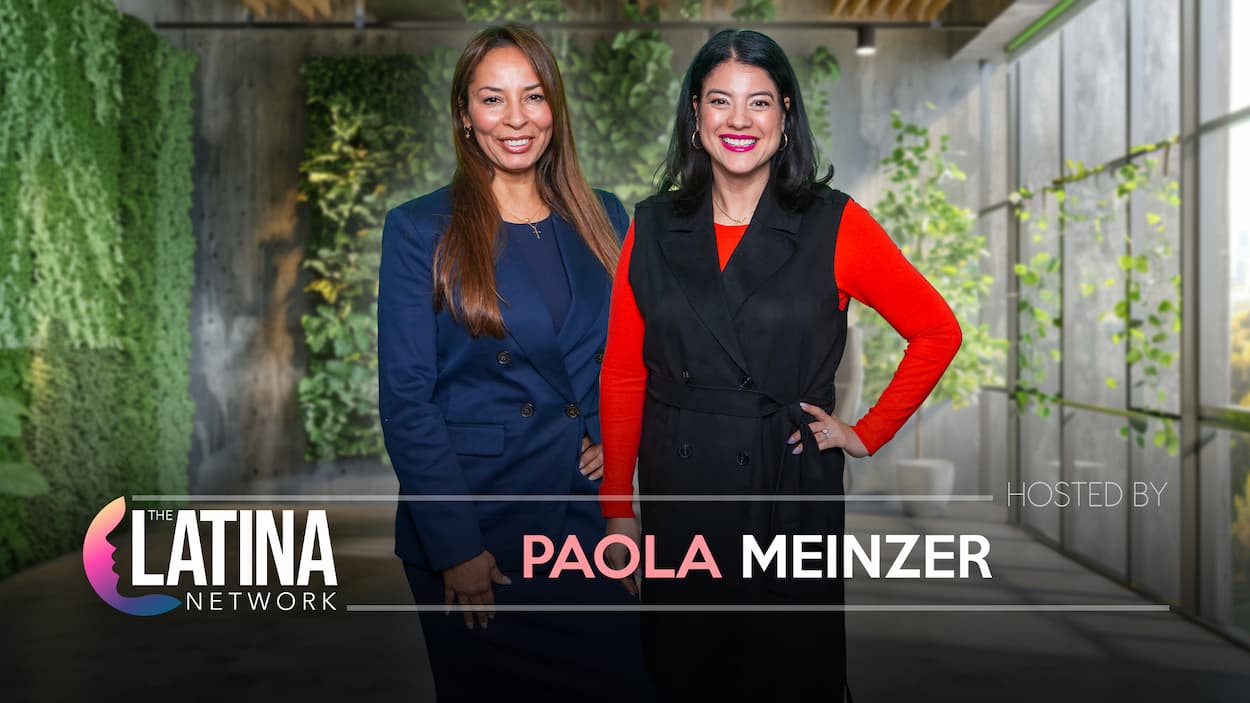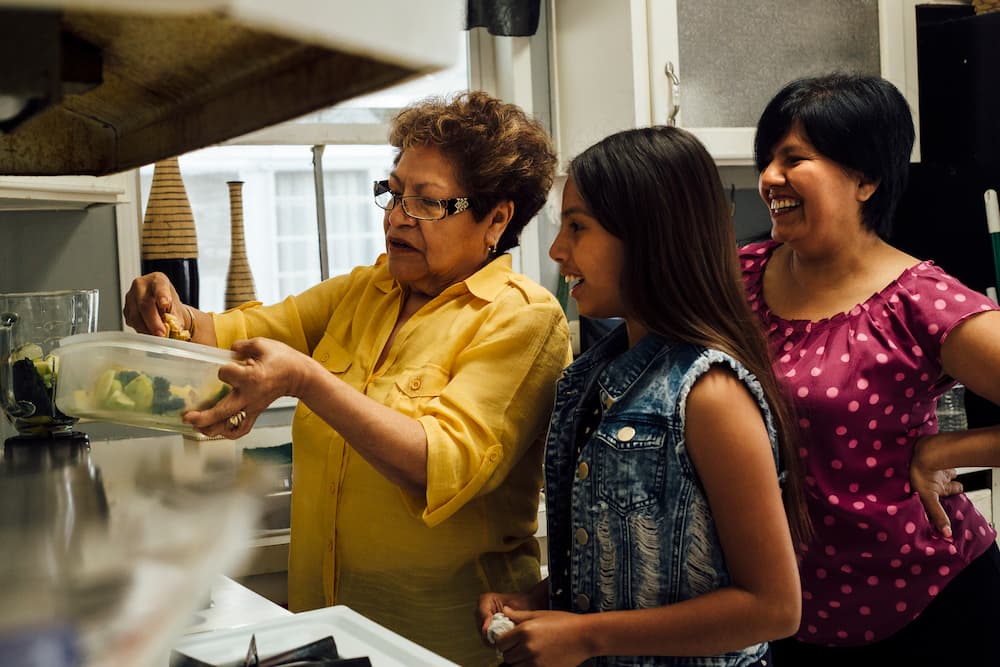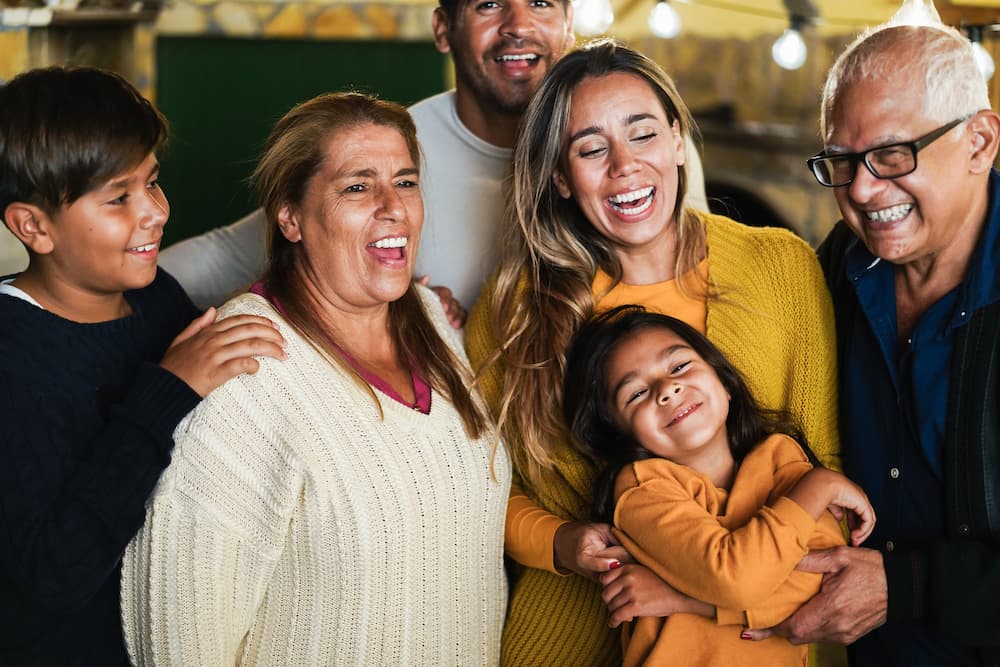There’s a truth we’ve always known: when Latinas come together, entire worlds shift. It happens in living rooms filled with the smell of cafecito, in conference halls buzzing with ambition, in church basements where community organizers sketch plans on napkins. Our power has never been in isolation—it has always been in the circle, in the collective.
And yet too often, in cities across the United States, Latinas find themselves disconnected. Professional spaces don’t center us. Nonprofits overlook us. Networking events leave us feeling like outsiders. But here’s the good news: we don’t have to wait for a seat at someone else’s table. We can build our own tables—and when we do, they are long, abundant, and filled with seats for everyone.
We don’t need permission to build community. We need a mission, a room, and a plan. When Latinas organize with clarity and care, we create pipelines for opportunity that institutions rarely provide. Use this as your blueprint—start small, start now, and grow on purpose.
01. Define the mission and who it serves
A strong network starts with a clear promise.
- Mission template (one sentence): “We unite Latina [professionals/creators/families/students] in [your city] to share knowledge, expand opportunities, and support well-being through consistent gatherings and practical resources.”
- Audience: Be specific (for example: early-career professionals, founders, healthcare workers, teachers, parents, or cross-sector leadership).
- Values (name 3–5): Dignity, generosity, accountability, cultural pride, inclusion.
- Outcomes (pick 3 for Year 1): X jobs secured, Y mentorship matches, Z small businesses launched or strengthened, monthly attendance target, emergency-aid fund established.
- Founding charter (one page): Mission, who you serve, how you make decisions, how you handle funds, how members can step into leadership.
02. Map your city and identify gaps
Before scheduling events, understand the landscape.
- Asset map: List libraries, colleges, faith centers, community centers, coworking spaces, women-led businesses, local media, and civic offices.
- People map: 50 names across professions and neighborhoods; include students, parents, and elders.
- Needs scan (quick survey): Top three needs (jobs, capital, childcare, legal help, mental health, mentorship), best times to meet, preferred formats (workshops, roundtables, family days).
- Equity lens: Ensure Afro-Latinas, Indigenous Latinas, immigrants, LGBTQ+ Latinas, and women with disabilities are represented from day one.

03. Pilot your first gathering (keep it simple, make it excellent)
Design for connection and momentum—not perfection.
- Format: 90 minutes, free or low-cost, central and transit-friendly. Offer light refreshments and a clear agenda.
- Roles: Host, timekeeper, greeter, photographer (consent first), childcare volunteer (if feasible).
- Accessibility: Ground-floor access or elevator; microphone if the space is large; clear signage; quiet corner for nursing or decompression.
- Agenda (90 minutes):
- 0–10: Welcome, mission, ground rules (respect, confidentiality, no sales pitches without consent).
- 10–25: Three lightning introductions (3 minutes each) on a useful topic.
- 25–60: Small-group problem-solving (prompts on jobs, funding, balance, leadership).
- 60–80: Open asks and offers (everyone shares one need, one resource).
- 80–90: Next steps, date and theme of the next event, sign-ups for volunteer roles.
- Follow-up within 48 hours: Thank-you message, shared notes (sanitized for privacy), link to join the group chat and the email list, RSVP for the next date.
04. Choose a structure that fits your season
Start light, then formalize only as growth demands it.
- Collective (no legal entity): Fastest start. Keep a shared budget tracker and clear expectations.
- Fiscal sponsorship (through an existing nonprofit): Accept grants and donations without forming your own 501(c)(3).
- Independent nonprofit or association: Consider after 9–12 months of steady demand; requires board, bylaws, and formal accounting.
- Governance basics (even for a collective): 6-month rotating leadership team; two-person money rule; conflict resolution steps; code of conduct and anti-harassment policy; photo/video consent policy; privacy commitment for member data.
05. Build a communications system that runs without you
Consistency is trust.
- Channels:
- Email newsletter (monthly digest + next event)
- Messaging group (for daily coordination, moderated)
- Social page (events, wins, partners)
- Simple website or link-in-bio with mission, calendar, join form
- Onboarding form (core fields): Name, neighborhood, industry, seniority, what you can offer, what you need, access needs, consent preferences.
- Data stewardship: Store member data in a shared, permissioned document. Limit access. Review quarterly.
- Content calendar: Two posts/week (member wins, event reminders, partner spotlights). One newsletter/month. Event recap within 48 hours.
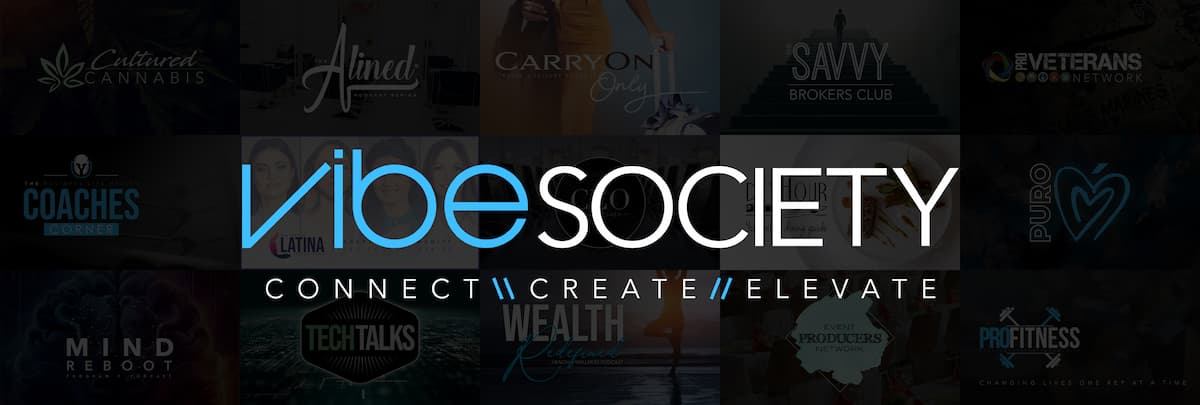
06. Fund the work (money is fuel, not the mission)
Name a budget tier and act accordingly.
- Zero-budget tier: Free venues (libraries, community rooms), potluck snacks, donated printing, volunteer speakers.
- Micro-budget (~$250/event): Venue stipend, childcare sitter, AV rental, food. Fund via small business sponsors and in-kind donations.
- Seed tier (~$2,500/quarter): Series of workshops, translation, interpretation, photography, micro-grants.
- Sponsorship packages (example):
- Community Partner ($250): Logo on flyer, shout-out, 2 seats.
- Supporting Partner ($1,000): All above + table at one event + newsletter feature.
- Lead Partner ($5,000): Series naming, stage remarks, co-designed workshop, annual report feature.
- Transparency: Publish a simple income/expense snapshot after each quarter.
07. Program design that keeps people coming back
Offer formats that meet real needs and respect time.
- Monthly cadence (example 90-day plan):
- Month 1: Career clinic (resume review + interview practice) with on-site childcare.
- Month 2: Money and business night (pricing, taxes, grants) with office-hours tables.
- Month 3: Wellness and boundaries evening (burnout, caregiving, mental health resources).
- Recurring formats: Peer circles (6–8 per table), mentorship speed rounds, founder hot seats, legal Q&A, scholarship and internship nights, family-friendly cultural events with resource tables.
- Access add-ons: Interpretation when needed, sliding-scale tickets, transit vouchers, hybrid option for those who can’t attend in person.
08. Mentorship and sponsorship that actually move careers
Make relationships intentional.
- Match by goals, not titles: A mid-level manager can be a superb guide for a senior career pivot.
- Expectations charter (one page): 6 meetings over 6 months, goals set by the mentee, confidentiality, midpoint check-in, closing reflection.
- Sponsorship track: Pair rising leaders with sponsors willing to open doors, nominate for awards, and recommend for roles. Track introductions and outcomes.
- Accountability: Quarterly review of matches; sunset or adjust pairs that stall.
09. Partnerships that multiply your impact
Collaborate, don’t compete.
- Good partners: Libraries (space), colleges (student volunteers and rooms), employers (funding and speakers), faith and cultural centers (family reach), local media (visibility).
- Simple MOU (half page): Purpose, roles, deliverables, dates, logo use, privacy, point people.
- Dual value: Every partner should both contribute and learn (for example, an employer funds a workshop and receives a candidate pipeline).
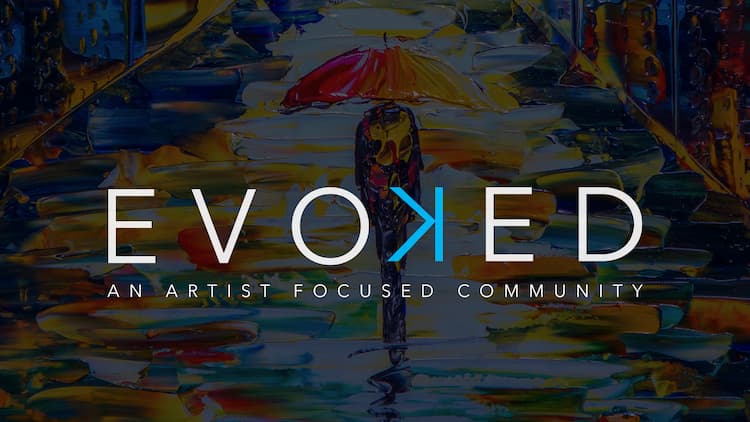
10. Safety, inclusion, and care as non-negotiables
People return to spaces that honor them.
- Code of conduct highlights: Respect, no harassment, honor pronouns and names, confidentiality in small groups, speak from experience, no recorded sessions without consent.
- Immigration-sensitive practices: No photos of attendees without consent; no public attendee lists; opt-out from social posts.
- Accessibility: Ramps/elevators, clear signage, seating variety, microphone, captions for virtual events.
- Childcare: Even one trusted sitter and a quiet corner changes who can attend.
- Care team: Two trained volunteers to handle concerns and escalate safety issues.
11. Measure what matters and tell the story with integrity
Data + narrative = credibility.
- Core metrics: Attendance, number of first-timers, mentorship matches, job leads shared, roles landed, businesses launched, funds raised, scholarships awarded.
- Qualitative proof: Short quotes (with consent) on what changed because of the network.
- Annual snapshot: One-page “impact at a glance” you can send to funders, employers, and press.
- Media kit: Mission, founder bios, three high-resolution photos (with consent), recent outcomes, how to cover your work responsibly.
12. Grow without burning out
Design for longevity from day one.
- Rotation: Six-month leadership terms with shadowing and handoff.
- Documentation: Save agendas, checklists, budgets, and templates in a shared folder.
- Volunteer pipeline: Clear roles (events, outreach, fundraising, communications), quarterly orientation, appreciation rituals.
- Boundaries: One event/month is still impact. Cancel when needed; communicate early. Health over hustle.
Sample first-year roadmap
- Month 1: Asset map, survey, pilot event, create group chat + email list.
- Month 2: Career clinic + mentorship sign-ups + partner outreach.
- Month 3: Money and business night + childcare + sponsorship asks.
- Quarter 1 review: Publish a mini impact note; recruit two new volunteers.
- Month 4: Wellness and boundaries evening + peer circles.
- Month 5: Internship and scholarship night (students + employers).
- Month 6: Founder hot seats + micro-grant pitch night.
- Quarter 2 review: Form advisory circle; secure fiscal sponsor if needed.
- Month 7: Legal clinic (workplace rights, small business basics).
- Month 8: Leadership nominations + awards night.
- Month 9: Family day + cultural celebration with resource tables.
- Quarter 3 review: Publish second impact note; renew sponsors.
- Months 10–12: Plan a half-day summit; set Year 2 goals; succession handoff.
We build differently because we lead with dignity. Start with the people you have, the room you can find, and the promise you can keep. The momentum will follow. And when it does, it won’t lift only a few of us—it will lift a city.
Because Latina networks are not just about business cards and job leads. They are about rewriting the narrative of who holds power in our communities. They are about daughters who see their mothers leading events, not just attending them. They are about first-generation students who walk into mentorship circles and realize they are not alone. They are about small businesses that survive because a network showed up as customers, investors, and champions.
Every gathering is a statement: we will not wait to be invited into someone else’s room—we will build our own, and it will be bigger, warmer, and more alive than anything they imagined.
So do not hesitate. Book the library room. Call three women you admire. Put a date on the calendar and declare it the beginning. These first steps may feel small, but they are the sparks of legacy.
Because when Latinas come together, we do more than create networks—we create pathways, we create power, and we create futures. And the truth is simple: our cities cannot rise unless we rise together.
